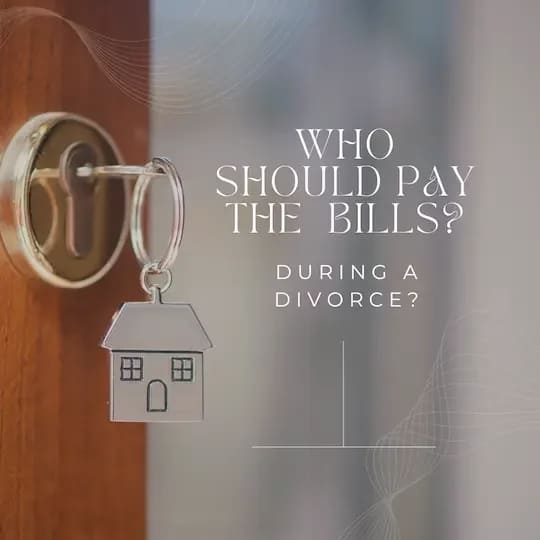Conversion in progress ...
Please wait while we generate your PDF
Selling A House After Divorce Agreement In California
Step By Step Guide Selling A House After Or Before A Divorce Agreement In California
Selling a house after a divorce in California can be a complex process, as both legal and financial factors come into play. California is a community property state, meaning that assets acquired during the marriage are typically split equally between spouses. If the home is jointly owned, both parties must agree on the terms of the sale unless otherwise dictated by the divorce settlement.
01
Step 1: Determine Ownership and Legal Standing
Step 1A: Identify if the property is community property or separate property.
Community Property: Acquired during marriage — split 50/50 unless agreed otherwise.
Separate Property: Acquired before marriage or through inheritance.
Step 1B: Review any prenuptial or postnuptial agreements.
Best for Cash Buyer: If both parties agree to sell, a cash buyer can make the process fast and minimize friction.
02
Step 2: Decide When to Sell – Before or After Divorce Finalization
Before Divorce is Final: Both spouses must cooperate and sign documents jointly.
After Divorce is Final: Sale proceeds are divided per divorce judgment or agreement.
Best for Cash Buyer: Selling before finalization can help quickly settle financial obligations and avoid court involvement.
03
Step 3: Agree on Sale Terms Between Both Parties
Step 3A: Decide if both parties agree to sell, who will handle the sale, and how proceeds will be divided.
Step 3B: If parties disagree, a court order may be needed to force a sale.
Cash Buyer Advantage:
One party can act on behalf of both if authorized.
Faster resolution reduces tension and legal costs.
04
Step 4: Evaluate the Home’s Condition
Cash Buyer Option: No repairs needed — ideal for distressed or outdated homes.
Other Options:
MLS Listing: May require repairs, staging, and showing coordination.
FSBO: Can save commission but requires cooperation and coordination between both parties.
05
Step 5: Choose the Best Selling Option
Option 1: Cash Buyer (Fastest, Simplest)
Sell as-is with no fees or repairs.
Close in 7–14 days.
No agents or commissions unless desired.
Ideal for avoiding delays, disagreements, or showings.
Option 2: Real Estate Agent
Higher exposure but longer timeline.
May increase tension due to showings and offers.
Option 3: FSBO (For Sale By Owner)
Save on agent fees but risk disputes between spouses over offers and handling.
Option 4: Court-Ordered Sale
Last resort when one spouse refuses to cooperate.
Court appoints a receiver or referee to handle the sale.
06
Step 6: Get a Property Valuation
Cash Buyer: Request a no-obligation offer based on the as-is condition.
Other Options:
Hire an appraiser.
Real estate agent provides a CMA (Comparative Market Analysis).
07
Step 7: Disclose the Divorce & Legal Status (When Applicable)
Be upfront with potential buyers or agents about the divorce situation.
Ensure both spouses sign listing and sale agreements, unless one is court-authorized.
Cash Buyer Advantage:
Many are flexible with legal entanglements and can close even amid complex scenarios.
08
Step 8: Coordinate Logistics & Communication
Agree who will:
Communicate with buyers or agents
Approve offers
Attend signings or inspections
Consider using escrow as a neutral third party for communication and fund distribution.
09
Step 9: Open Escrow & Finalize Sale
Cash Buyer:
No contingencies, no lender delays.
Easy coordination for spouses via remote or separate signings.
Other Options:
MLS and FSBO may involve longer escrow, inspections, and loan approvals.
10
Step 10: Divide Proceeds or Pay Off Debt
If sold before divorce is finalized, proceeds are typically held in escrow or trust until divorce is settled.
If sold after final judgment, funds are distributed according to the agreement or court order.
Tip: Consult a family law attorney or CPA about how sale proceeds may impact spousal support or taxes.

















